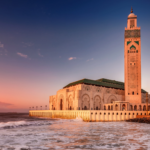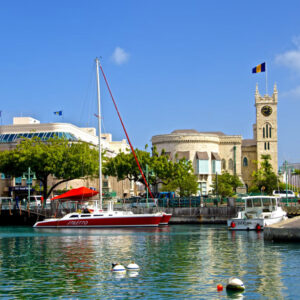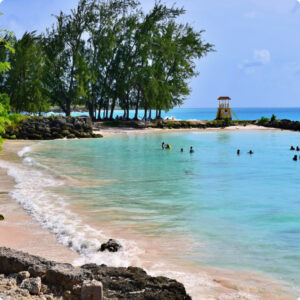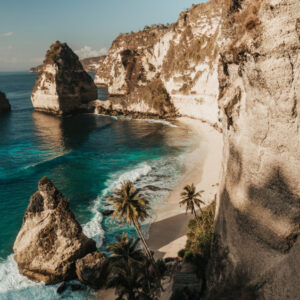Rabat, Morocco’s capital city, is a political and administrative center known for its historical and cultural significance. Located on the Atlantic coast at the mouth of the Bouregreg River, Rabat combines modern development with a well-preserved medina and historic landmarks. It is recognized as a UNESCO World Heritage Site for its rich history and architectural heritage.
-
Medina (Old Town) – A historic area with narrow streets, traditional markets, and Andalusian-style architecture.
-
Ville Nouvelle (New City) – A modern district established during French colonization, featuring wide boulevards, government buildings, and gardens.
-
Landmarks – Iconic sites include the Hassan Tower, the Mausoleum of Mohammed V, and the Kasbah of the Udayas.
History of Rabat:
-
Founding (12th Century):
Rabat was established by the Almohad dynasty in 1150 as a military base known as Ribat al-Fath. The city’s iconic Hassan Tower was constructed during this period. -
Decline and Revival (13th–18th Century):
After the fall of the Almohads, Rabat experienced periods of decline but remained a center for piracy and trade during the 17th century. -
French Protectorate (1912–1956):
Under French rule, Rabat was chosen as the administrative capital, leading to significant urban planning and modernization. -
Modern Era (Post-Independence):
Since Morocco’s independence in 1956, Rabat has remained the nation’s capital and a symbol of political stability and cultural heritage.
Cultural Significance:
Rabat is celebrated for its historic architecture, including the Kasbah of the Udayas and Chellah necropolis. Its blend of ancient and modern elements reflects Morocco’s evolving identity. As the seat of government, it plays a vital role in the country’s political and cultural life.










